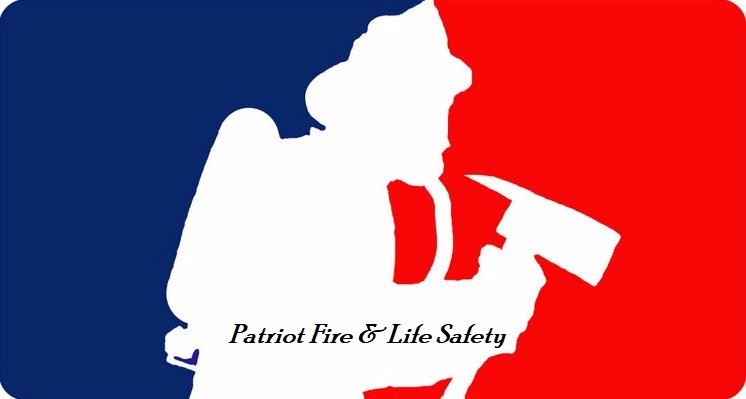Title Page
-
Building: Tide Point - Tide Building 1010 Hull Street
General Information
-
Fire Door Assembly Location:
-
Type of Operation
-
Hold Open Device
-
Special Locking Arrangement
-
Number of Leafs
-
Fire Rating of Each Leaf
- 30 Minutes
- 1 Hour
- 90 Minutes
- 2 Hours
- 3 Hours
- Unknown
-
Purpose of Barrier
Door Operation
-
1. Does the active door leaf completely close when operated from the full open position?
-
2. Does the inactive leaf close before the active leaf when a coordinator is used?
-
3. Does the latching hardware operate and secure the door in the closed position?
-
4. Are the doors, hinges, self-closers, frame, hardware and threshold functional with no visible signs of damage?
-
5. Is the door assembly free from any auxiliary hardware which could interfere with its operation?
-
6. If gasketing and edge seals are installed, have they been verified for integrity and operation?
Door & Frame Integrity
-
1. Frame is secured to the wall and in good condition?
-
2. Door is properly secured to the frame and in good condition?
-
3. Door and frame labeling is present and legible?
-
4. The door and frame are free of holes and breaks on all surfaces?
-
5. Is the door free from missing or broken parts?
-
6. Glass (if provided) is proper type and in good condition?
-
7. Is the clearance from the door edge to the frame or door-to-door in double leaf assemblies no more than 1/8" for wood doors? (1/8" +/- 1/16" for steel doors)
-
8. Is the door undercut no more than 3/4"?
-
9. Is the door free from any modifications since it was originally installed?
-
10. Is 95% of the surface of the door free from signage?
Fire Exit Hardware
-
1. Fire exit hardware is in good condition and functions properly?
-
2. Hardware is at least 34" and not more than 48" above the floor?
-
3. Hardware push-bar covers at least half the width of the door?
-
4. The force required to release the fire exit bar latch does not exceed 15lbf?
Hold-Open Devices
-
1. Only approved hold-open methods/devices are used?
-
2. Electronic hold-open devices release properly?
-
3. Power-Assisted doors function properly and close automatically within 30 seconds?
Access-Controlled Doors
-
1. A sensor is provided on the egress side that unlocks the door when someone approaches?
-
2. Doors unlock in the direction of egress in the event of a power failure to the lock or control system; activation of the fire alarm; or activation of the sprinkler or detection system?
-
3. A manual release device is located on the egress side within 60" of the door and 40"-48" above the floor?
-
4. The manual release device is readily accessible and identified with a sign that reads: "Push to Exit"
-
5. The manual release device unlocks the door for at least 30 seconds?
Delayed-Egress Locking Systems
-
1. The door unlocks within 15 seconds of manual activation of the release device?
-
2. The force required to activate the release device does not exceed 15lbf?
-
3. The force is not required to be continuously applied for more than 3 seconds?
-
4. The activation of the release device initiates an audible alarm within the vicinity of the door?
-
5. Relocking of the door is by manual means only?
-
6. A readily visible sign is provided that reads: "Push Until Alarm Sounds; Door Can Be Opened In 15 Seconds"
-
7. The sign is placed on the door leaf adjacent to the release device in the direction of egress?
-
8. The sign letters are at least 1" high and at least 1/8" in stroke width, on a contrasting background?
-
9. The doors unlock upon loss of power, activation of sprinkler system; activation of 1 heat detector or 2 smoke detectors?
-
Inspected By:
-
Additional Information
-
Signature:
-
Select date
-
Source: NFPA 80, 2013 edition














